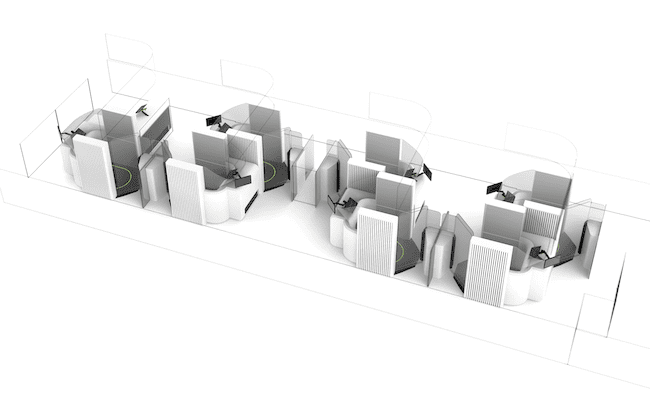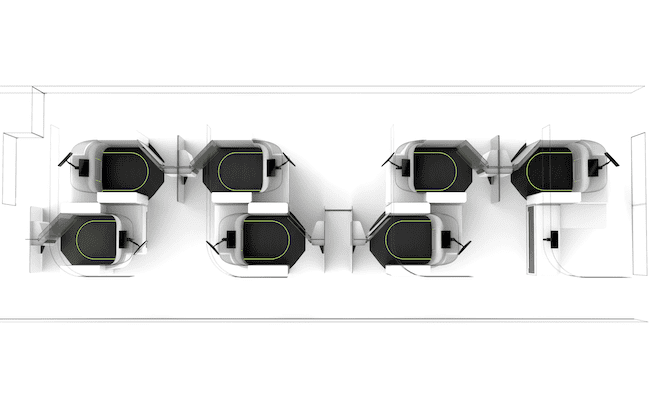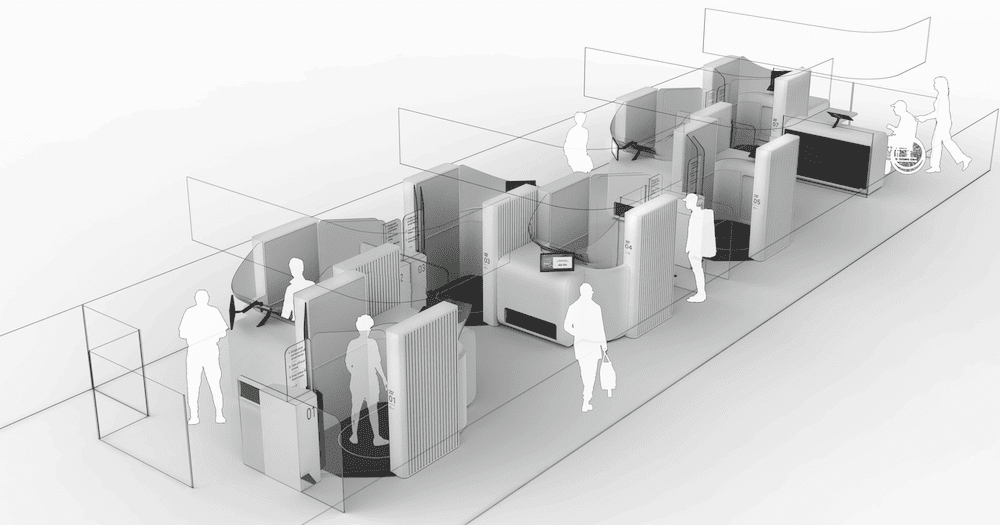It would be fair to assume that long security lines at airports represent the biggest pain point for many flyers during the air travel experience. But a new Australian creation just might be the solution to this airport woe.
Created by Monash University’s Design Health Collab together with Australian tech firm Micro-X, the design aims to revolutionise airport security by allowing travellers to self-screen in compact cubicles.
The system allows passengers and their possessions to be screened at the same time, with a much smaller CT scanning system than those currently utilised in airports. By saving on space, more of the new checkpoints could also operate and be installed, theoretically reducing queues.

The US Department of Homeland Security (DHS) Science and Technology Directorate (S&T) awarded a contract to Micro-X to present a design that would improve and streamline airport security across the United States into a single step.
“This new system design reconsiders every element to serve the user, including the industrial design, floor plan layout, lighting, ergonomics, materials and user interfaces,” Monash lead design researcher Dr Nyein Chan Aung said, adding that the new technologies could transform the security experience for passengers and staff.
“The checkpoint aims to maintain effective security while improving the throughput and passenger and operator experience.”

Among the design’s many possible advantages is a “pre-warning” prompt that alerts flyers of objects they may have forgotten, such as keys or a device in their pocket.
User-centred approach
Dr Aung says the success of the design in the “real world” hinges on its ability to connect technology and the passenger experience.
“Undertaking a user-centred design approach is critical to the success of new technologies and ensuring that the workflows allow for optimal system performance while maintaining ease-of-use, convenience and dignity for passengers from all walks of life,” he remarked.

Micro-X chief scientist and CEO of the company’s US subsidiary, Dr Brian Gonzales said the technology had to combine well with great design to be effective.
“The interface between the checkpoint system and the person is what makes the technology work for humans. People need to have a good experience and the design needs to consider people’s wellbeing, movement and flow.”
For more on Micro-X, check out micro-x.com






